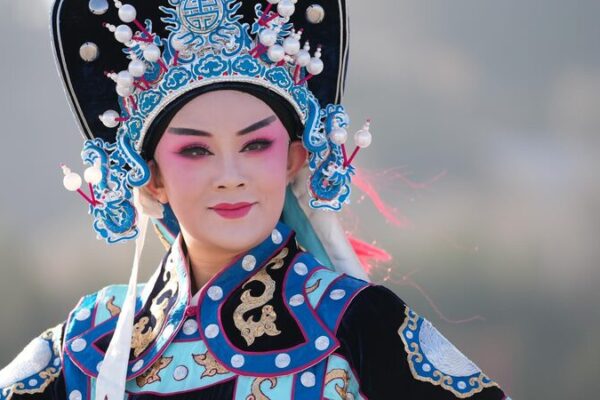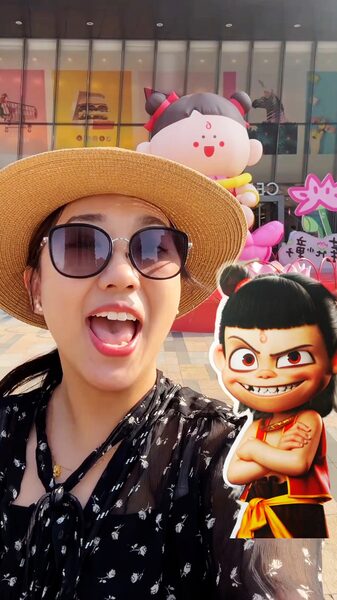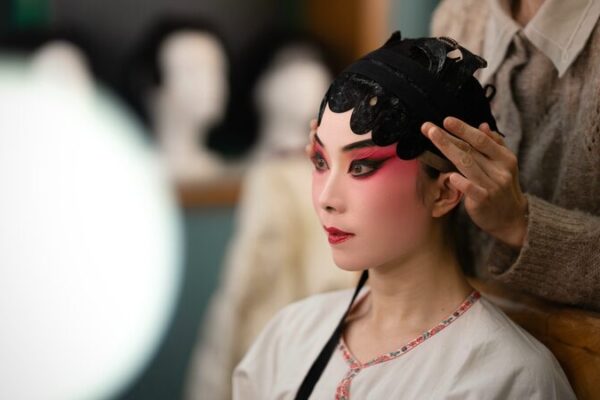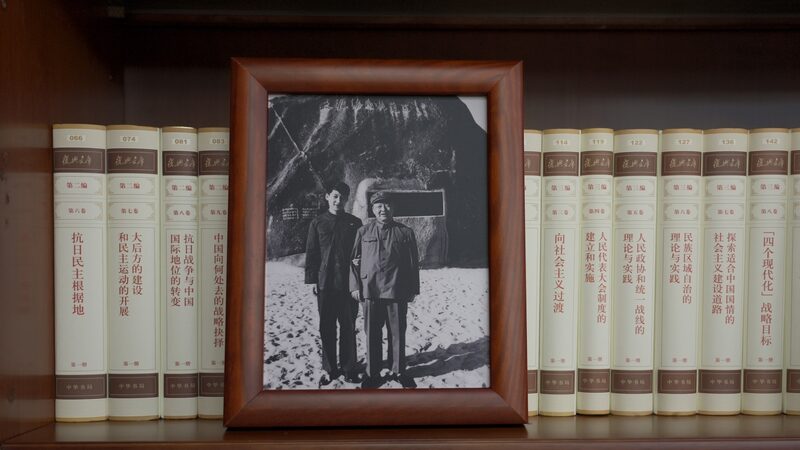The legend of Mulan has captivated audiences for centuries, transcending cultural boundaries and inspiring generations around the world. Originating from ancient Chinese folklore, Mulan’s story of bravery, intelligence, and resilience continues to resonate in the 21st century.
But what is it about Mulan that makes her tale so enduring? Perhaps it’s her courage to defy societal norms, disguising herself as a man to take her father’s place in the army. Or maybe it’s her unwavering determination and cleverness that allow her to overcome obstacles and emerge as a hero.
Over time, Mulan has evolved from a local legend into a global icon of empowerment. Her story has been adapted into numerous films, books, and artworks, each interpretation reflecting shifting cultural values. From animated classics to live-action dramas, Mulan continues to inspire new generations.
Mulan’s influence extends beyond storytelling. She has become a symbol in fashion, art, and even tattoos, representing strength, defiance, and the breaking down of barriers. In many ways, her legacy is a testament to the power of storytelling and cultural exchange.
As we look at the various adaptations of Mulan’s story, we can see how each version highlights different aspects of her character, resonating with diverse audiences. Which version of Mulan speaks to you the most? Is it the traditional folktale, the animated heroine, or the modern reimagining?
One thing is certain: Mulan’s story remains a timeless inspiration. Her journey encourages us to challenge expectations, embrace our inner strength, and believe in our ability to make a difference.
Reference(s):
cgtn.com








